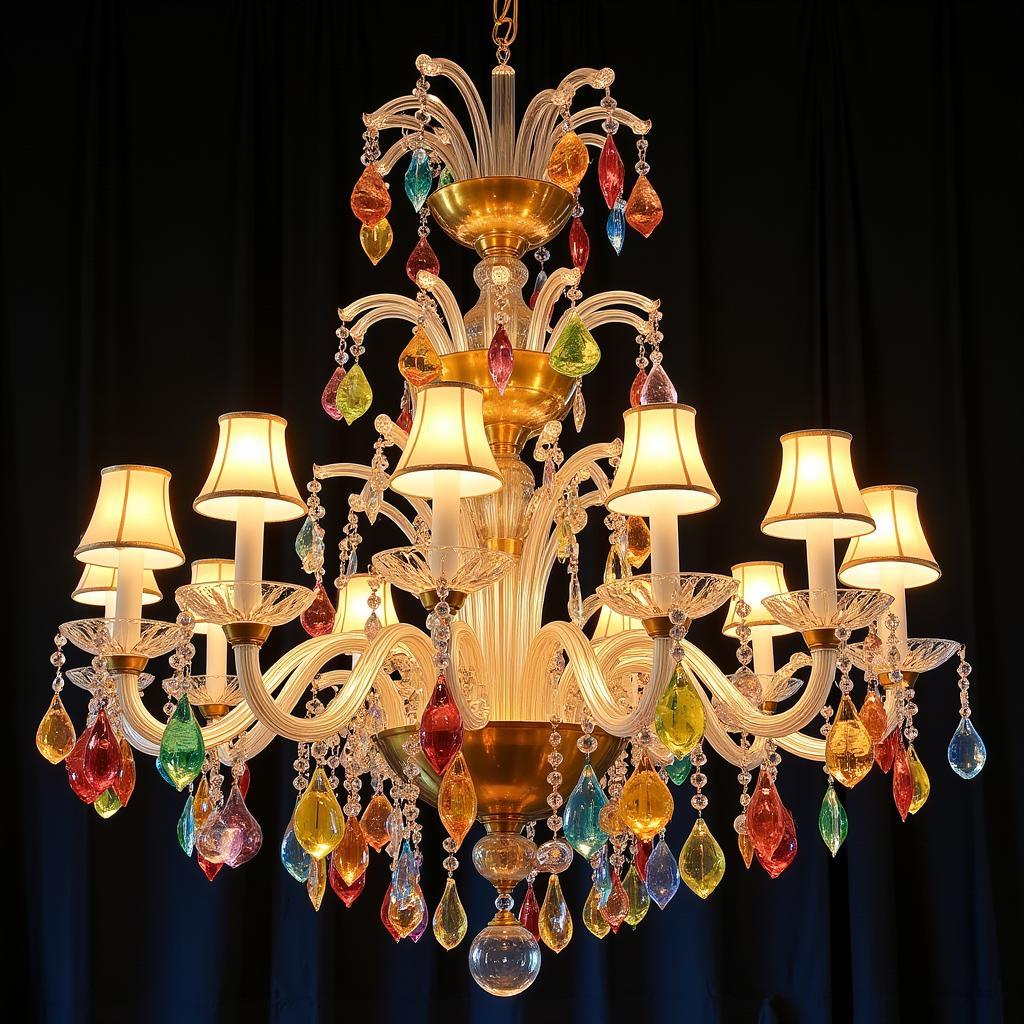When discussing beautiful objects in IELTS Speaking, it’s crucial to demonstrate both descriptive language skills and personal engagement. Similar to describe an art exhibit that impressed you, this topic requires careful attention to detail and emotional connection.
Part 1: Introduction and Interview Questions
Common questions include:
- Do you like collecting beautiful things?
- What makes an object beautiful to you?
- Are there many beautiful buildings in your city?
Sample answer (Band 8-9):
“I’m particularly drawn to collecting unique pieces of art. What makes an object beautiful to me is its intricate details and the story behind it. I find myself captivated by both traditional and contemporary designs.”
 IELTS candidate describing beautiful object during speaking test
IELTS candidate describing beautiful object during speaking test
Part 2: Cue Card
Describe an object you find particularly beautiful
You should say:
- What it is
- Where you saw it
- Why you find it beautiful
And explain how it makes you feel
Sample Answer (Band 6-7):
“I want to talk about a vintage crystal vase I saw at my grandmother’s house. It has a unique design with flower patterns. The way light reflects through it creates beautiful rainbow effects. I find it beautiful because it combines elegance with history. It makes me feel peaceful and connected to my family heritage.”
Sample Answer (Band 8-9):
“I’d like to describe an exquisite Murano glass chandelier I encountered during my visit to a historic mansion, which relates to my interest in describe a museum you visited and enjoyed. This masterpiece of craftsmanship features intricate glass flowers in various hues, creating a mesmerizing display of light and color. What makes it particularly striking is how it harmoniously blends traditional Venetian glassmaking techniques with contemporary design elements. The way it transforms ordinary light into a kaleidoscope of colors evokes a profound sense of wonder and appreciation for human artistry.”
 Intricate Murano glass chandelier displaying craftsmanship and artistic beauty
Intricate Murano glass chandelier displaying craftsmanship and artistic beauty
Part 3: Discussion Questions
Q: Why do different people find different things beautiful?
A (Band 8-9): “Beauty perception is inherently subjective and heavily influenced by cultural background, personal experiences, and emotional associations. Just as describe a person you know who has a creative hobby, each individual brings their unique perspective to appreciating beauty.”
Q: Has the definition of beauty changed over time?
A (Band 8-9): “The concept of beauty has undergone significant evolution, reflecting changing societal values and technological advances. Modern appreciation often encompasses both traditional aesthetics and revolutionary interpretations.”
Key Vocabulary and Phrases
- Aesthetically pleasing /esˈθetɪkli ˈpliːzɪŋ/ (adj) – beautiful or pleasing in appearance
- Mesmerizing /ˈmezməraɪzɪŋ/ (adj) – capturing one’s complete attention
- Intricate /ˈɪntrɪkət/ (adj) – very complicated or detailed
- Exquisite /ɪkˈskwɪzɪt/ (adj) – extremely beautiful and delicate
Just as with describe a piece of furniture you like in your home, using precise vocabulary and personal connection enhances your response significantly.


